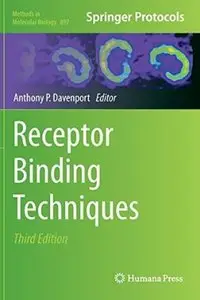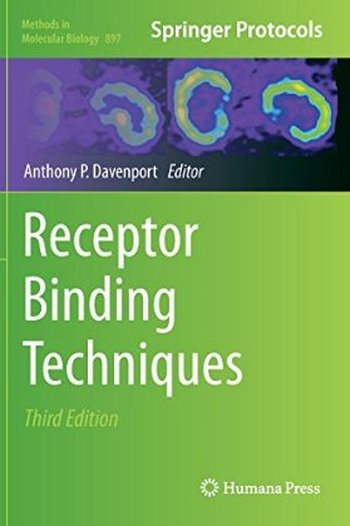Anthony P. Davenport - Receptor Binding Techniques (3rd edition)
Published: 2012-06-08 | ISBN: 1617799084 | PDF | 309 pages | 7 MB
A broad definition of a receptor is a specialized protein on or in a cell that recognizes and binds a specific ligand to undergo a conformational change, leading to a physiological response or change in cell function. A ligand can be an endogenous neurotransmitter, hormone, paracrine/autocrine factor, or a synthetic drug that may function as an agonist or antagonist. The third edition of Receptor Binding Techniques expands upon the methods and techniques used for studying receptors in silico, in vitro and in vivo. Comprehensive chapters describe how to use online resources for experimental research such as prediction of receptor-ligand interactions and mine the IUPHAR receptor database. Classical techniques of radioligand binding, quantitative autoradiography and their analyses are complemented by the use of immunocytochemistry for the cellular localization of receptor protein and hybridization to detect receptor mRNA. Protocols using fluorescent labeled ligands are described to visualise receptors in living cells, their interaction with beta-arrestin to measure ligand-induced internalisation and green fluorescent protein to study trafficking. Non-radioactive, chemiluminescent cAMP and arrestin assays facilitate the identification of novel ‘biased agonists’. Detailed methods are provided for in vivo imaging of receptors using positron emission tomography (PET). Written in the highly successful Methods in Molecular Biology™ series format, chapters include introductions to their respective topics, lists of the necessary materials and reagents, step-by-step, readily reproducible laboratory protocols, and key tips on troubleshooting and avoiding known pitfalls. Authoritative and practical, Receptor Binding Techniques, Third Edition, aids scientists in continuing to study receptor binding.



